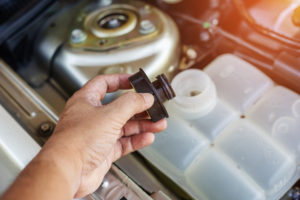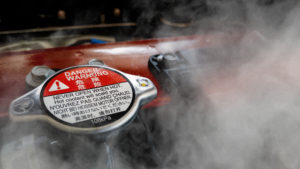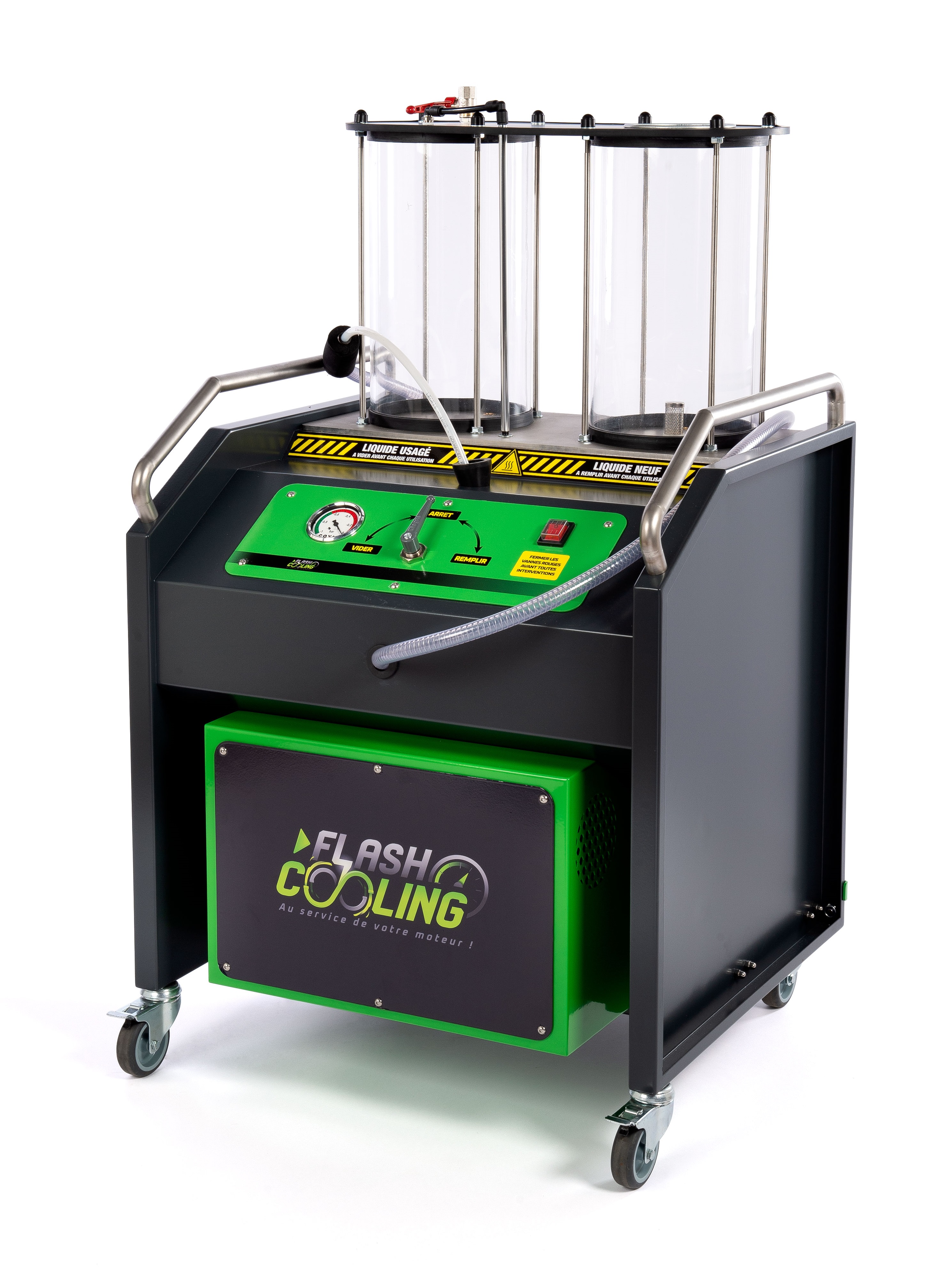When should coolant be drained?
There can be many signals that indicate a problem with a vehicle’s cooling system. Fortunately, in most cases, a coolant purge is sufficient.
Here are some symptoms that may alert the motorist:
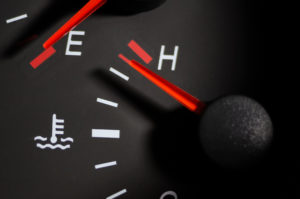 The coolant warning light is illuminated on the vehicle dashboard
The coolant warning light is illuminated on the vehicle dashboard- Coolant level is low
- Coolant’s dirty.
- The liquid hasn’t been changed for several years.
- Before an engine descaling operation
The coolant oxidizes and degrades over time as it becomes loaded with waste. It becomes fouled and may change colour. The coolant loses its cooling efficiency and freeze protection. It becomes acidic and can damage seals or engine cooling components.
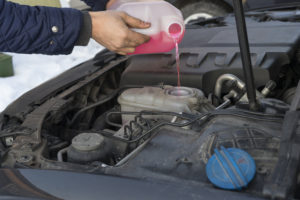 In this regard, it is recommended to replace the coolant every 2 to 4 years, according to the manufacturers’ recommendations.
In this regard, it is recommended to replace the coolant every 2 to 4 years, according to the manufacturers’ recommendations.
It is important to check the condition of the liquid about every 6,200 miles (10,000 km).
Fluid replacement and fluid leveling is done when the engine is cold. Low-temperature liquids (-25°c or even -35°c) that are more resistant to frost are to be preferred.
How do I bleed the coolant?
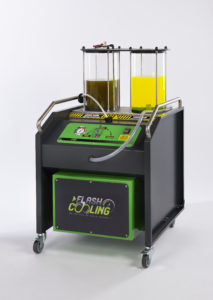 In the past, the coolant was drained manually by removing the lower engine hoses and allowing the coolant to drain to the ground. This operation is quite cumbersome and not environmentally friendly because the used liquid was difficult to recycle.
In the past, the coolant was drained manually by removing the lower engine hoses and allowing the coolant to drain to the ground. This operation is quite cumbersome and not environmentally friendly because the used liquid was difficult to recycle.
Today, machines specially designed for this operation have appeared, including the Flash Cooling® station.
Flash Cooling® is an innovative device that allows you to drain, purge and replace a vehicle’s coolant in a matter of minutes.
Its operating principle is simple, it creates a vacuum in the vehicle’s cooling system. This vacuum allows the dirty liquid to be sucked in and completely purged. The circuit is pressurised by reinjecting the clean liquid. The operation is carried out in a few minutes by connecting directly to the vehicle’s expansion tank.







